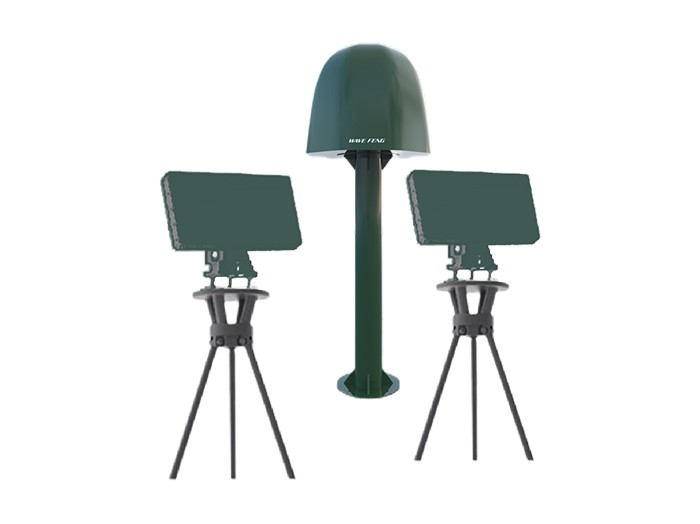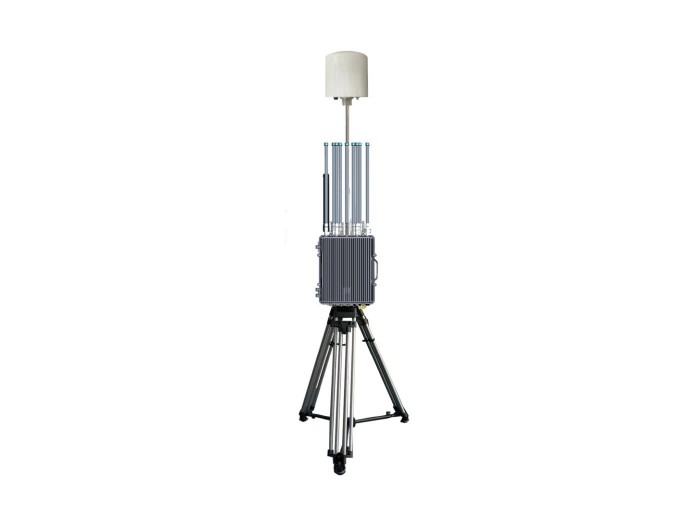DIY Drone Defense: Effective Strategies to Protect Your Property
In recent years, the proliferation of consumer drones has introduced new security challenges for homeowners, businesses, and event organizers. With the surge in drone usage, unwanted or unauthorized drone flights have raised concerns about privacy violations, intellectual property theft, and even potential safety risks. DIY drone defense has emerged as a trending topic for individuals seeking cost-effective ways to safeguard their property from intrusive drone activity. According to a recent survey by the Federal Aviation Administration (FAA), over 80% of reported drone-related incidents involved trespassing or invasive surveillance. This article explores practical, do-it-yourself drone defense solutions tailored to both residential and commercial environments, helping you develop an informed and proactive approach to drone protection.
Understanding DIY Drone Defense: What It Means and Why It Matters
DIY drone defense refers to the practice of using self-crafted or commercially available tools and techniques to detect, monitor, and deter unauthorized drones. Unlike professional-grade anti-drone systems that often require significant investment and technical expertise, DIY solutions empower individuals to build basic protective measures suited to their specific needs. The rise of affordable electronics and open-source software has made it feasible to develop systems that integrate radar detection, radio frequency (RF) jamming, or visual tracking components. For instance, hobbyists have successfully combined drones equipped with signal analyzers and directional antennas to pinpoint unauthorized drone signals within a few hundred meters. As drone incidents increase, leveraging DIY methods can serve as an early line of defense, complementing existing security measures.
The significance of DIY drone defense lies in controlling drone risks without waiting for regulatory or commercial solutions. Customized setups allow quick responses to emerging threats, such as spying drones at private events or drones that violate property boundaries. It is essential, however, to comply with local laws governing drone interception and radio signal interference to avoid legal repercussions.
Key Components and Techniques in DIY Drone Defense
Developing a DIY drone defense system typically involves three core components: detection, identification, and deterrence. Each aspect requires a specific approach but can be integrated into a cohesive defense plan.
Detection
Detecting an approaching drone early is critical. DIY enthusiasts often use RF scanners that monitor frequencies commonly employed by drones, such as 2.4 GHz and 5.8 GHz bands. Tools like SDR (Software Defined Radio) receivers allow users to pick up drone communication signals and alert property owners. Some setups integrate motion sensors or cameras with AI-based recognition to visually identify drones from a distance. For example, the use of a Raspberry Pi with a connected camera module can run machine-learning models to distinguish drone shapes in real-time.
Identification
After detection, identifying whether the drone is a potential threat is essential. Parameters such as flight pattern, altitude, and signal type provide insights. Hovering close to sensitive areas or repeatedly circling suggests intrusive intent. Some open-source projects enable decoding of drone telemetry data to confirm identity and ownership. Such data helps determine the appropriate deterrence response.
Deterrence
Once identified as a threat, deterrence measures aim to neutralize or drive away the drone. DIY solutions include signal jammers that disrupt communication between the drone and its pilot, though users must verify compliance with local laws since signal jamming is regulated or prohibited in some countries. Alternatively, physical deterrents such as net guns, tethered interception drones, or soft projectile launchers can disable or capture drones safely. For example, hobbyists have designed drone-mounted nets to safely capture smaller unauthorized drones in experimental setups.
Practical Applications and Real-World Use Cases of DIY Drone Defense
DIY drone defense solutions are adaptable across various settings. Homeowners worried about privacy can install perimeter cameras combined with RF detection modules to monitor drone presence nightly. Agricultural operators use DIY drone defense to protect crops from drone-based pesticide spraying, a growing concern in some areas. Event organizers employ DIY drone alerts to counter disruptions during open-air concerts or sports events by deploying mobile detection setups linked to visible deterrents.

Moreover, the rise of maker communities and DIY drone forums facilitate shared knowledge on building effective defense kits while maintaining compliance with federal and local regulations, enhancing both safety and community awareness.
Recommendations: Essential Tips for Building Effective DIY Drone Defense
- Assess Your Risk Level: Identify your property’s vulnerability to drone intrusion by considering location, neighboring activity, and privacy needs.
- Use Reliable Detection Technology: Invest in quality RF scanners or cameras with drone recognition software to ensure early and accurate drone detection.
- Understand Legal Restrictions: Research and comply with your local laws regarding RF jamming, drone interception, and privacy to avoid legal troubles.
- Integrate Multi-Layered Defense: Combine detection and deterrence methods such as visual alerts, signal blockers, and physical interceptors for comprehensive coverage.
- Stay Updated and Connected: Join drone defense forums and communities to exchange insights, updates on emerging drone threats, and innovative DIY solutions.
Want to learn more about effective DIY drone defense? Visit our website or contact us for professional consultation.
Conclusion: Protect Your Property with Confident DIY Drone Defense
As drone technology advances, protecting your privacy and property becomes paramount. DIY drone defense offers accessible and customizable solutions that empower you to detect, identify, and deter unauthorized drones efficiently. By understanding the components of drone defense and adopting practical, compliant strategies, you can establish a robust security perimeter against drone intrusions. We bring you expert insights and the latest DIY techniques to safeguard your environment effectively. Visit our website now to explore our comprehensive guides and professional services tailored to your drone defense needs. Have a similar question? Contact us!
















